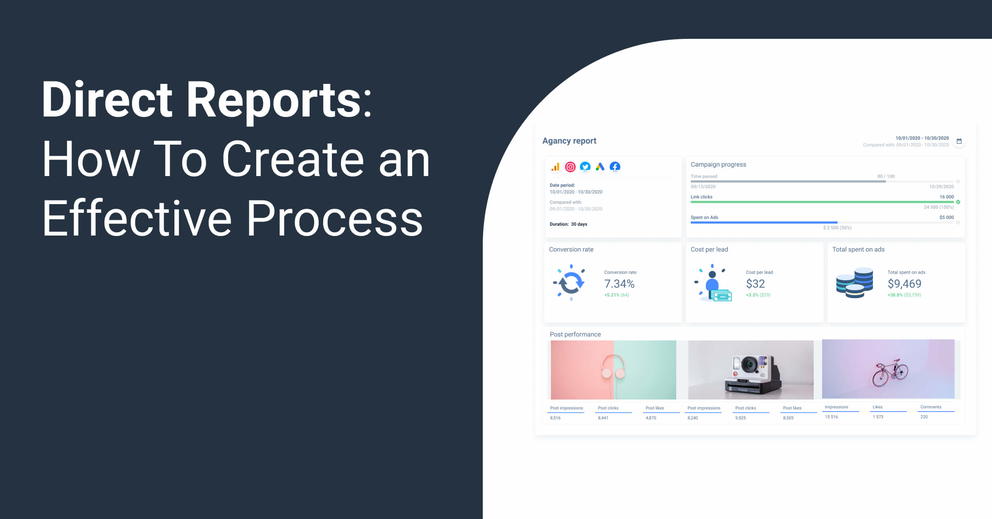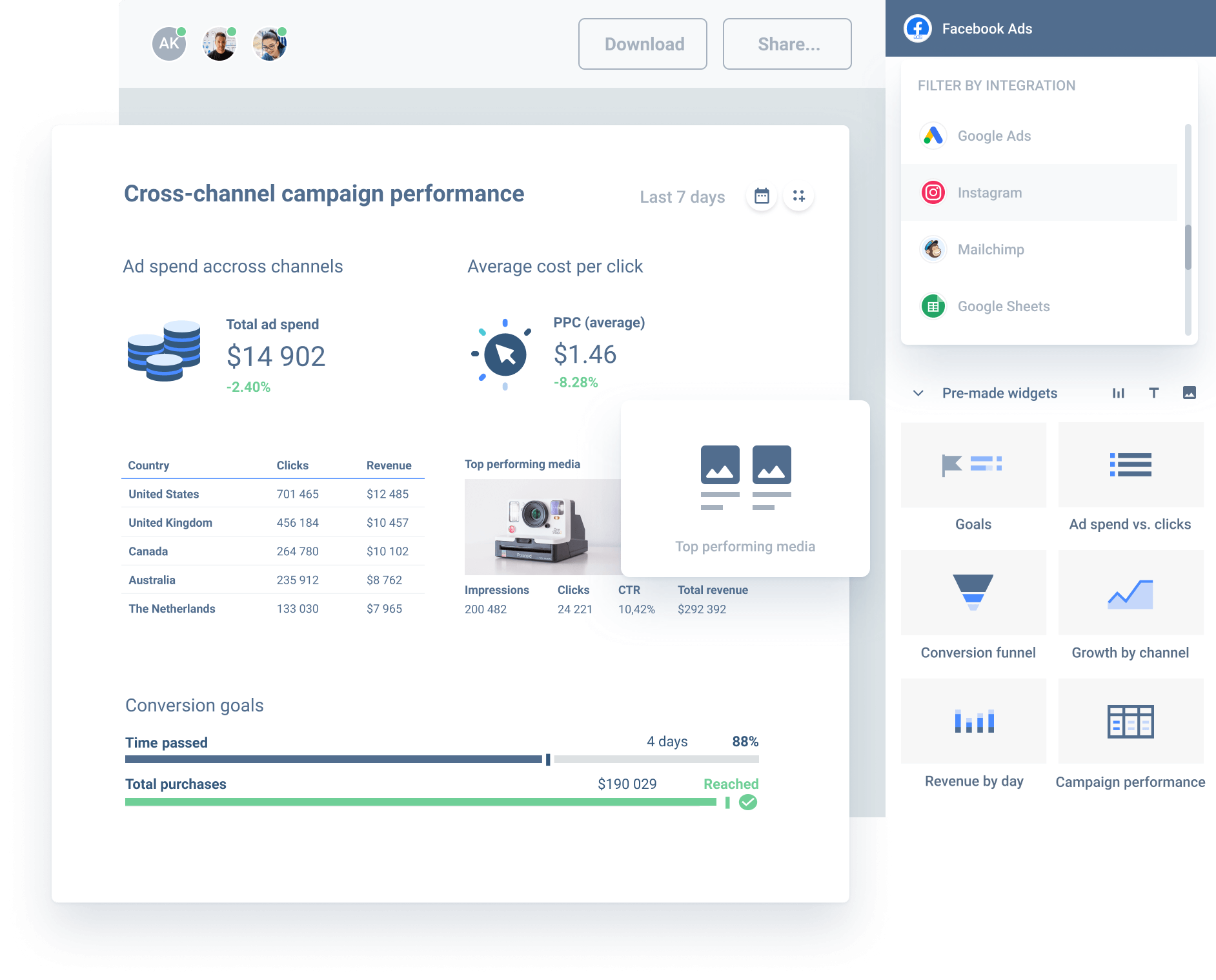What is a Direct Report and how to handle them well?
Almost any type of business has a reporting structure or sort of hierarchy. This is because they want to streamline their efforts or production, create order, and improve efficiency. Those who are more experienced will be better at managing a portion of those who are still learning. In a way, one advances in their career and helps others advance as well.

Apr 26 2021●5 min read

This type of management style or reporting structure is also referred to as direct report and it's an integral part of a corporate structure. Here we will explore in detail the topic of a direct report, why it is used, what its benefits are, and how to make the best of it.
What Is a Direct Report?
A direct report is someone who is a subordinate employee but at the same time responsible for managing a certain facet of the particular business process. The idea is to have a reliable person who can provide you with insights, relevant data, performance reviews, or similar. A direct report is also responsible for his subordinates, and the person he or she reports to has a responsibility to oversee them and coach them.
For example, a sales associate can report to the sales manager, who compiles reports from other sales representatives as well. The sales manager then tries to identify problems, find a strategy to maximize sales, and also report to the business development manager. It is also worth mentioning that the relationship between business development managers and sales associates is that of the indirect report. They do not report to that person directly, but as one of the people who oversee the sales efforts, they are still responsible for those sales representatives and their performance.
Who Uses Direct Reports?
A great deal of companies, especially those with a high number of employees, uses direct reports, as they rely on hierarchy. So if there is a position in a company like a project manager, operations manager, CEO, and managing director, then it is an organization that relies on the direct report. There are rare instances, though, of companies that operate without such a structure. These companies don't have manages or complex organizational structure, it's most likely a small team where everyone has an equally important position, but as they grow, they are likely to implement a direct report structure.
How to Handle Your Direct Reports
Knowing how to handle your direct report will have a positive impact on performance management. In other words, your managing skills and knowledge of best practices can be passed onto your direct report and make that person a better team leader. So here are a few things that you need to consider.
Regular One-On-One Meetings
Having one-on-one meetings with your direct reports is extremely beneficial. These can be formal meetings in the office where you analyze monthly, weekly, or annual reports or these can be informal meetings. Informal meetings can take place at lunch, for example, and you can use them to discuss different ideas, learn about their concerns and how they perceive the whole situation. This way, you also get to know each other better, which is in a way a form of team building.
Use Relevant Software and Tools
One way to have a better overview of the situation is to rely on data analysis and data aggregation tools that you can use to generate detailed reports. This is quite common practice in the retail business, as there is a need to review sales reports, marketing reports, and report on ongoing costs. These are all KPIs that need to be examined by managers, department heads, or even the board members in order to guide their decision-making process.
You can use tools like Whatagraph, for example, as it can be integrated with different platforms that modern businesses often rely on to do their daily tasks. The tool can both collect data and transform it into a management report which helps you visualize the performance of each department.

Have Group Discussions
In the event you have multiple direct reports, then you should also ensure that there are regular manager meetings. This allows for everyone to be aware of the progress and potential setbacks and gives you the opportunity to brainstorm new ideas that you can easily implement and that can improve the overall results. Everyone could use insights from other departments, so these group or team discussions can lead to meaningful improvements.
Maintain Communication and Responsiveness Culture
As both you and your direct reports are also decision-makers, it means each of your position bears more responsibility. So, you are the bridge and a mediator between different departments, and in those corporate structures, responsiveness is the key to efficiency. If one department is waiting on the feedback from another team in order to act, you can lose valuable time if someone is taking too long to reply.
Evaluation and Mentoring
Your direct reports need to know what they are doing good, and which areas could use improvement. Therefore, you should not hesitate to openly discuss your thoughts on their performance and lay down your expectations. However, you should remember that they also rely on you to give them guidance in the event they are stuck or lack the expertise to up their game. So share your advice and try to answer their concerns. Moreover, you might have to monitor them in order to analyze their skills and potentially notice some shortcomings they are unaware of.
FAQ
What is the opposite of a direct report?
The opposite of a direct report is an indirect report. If you are managing another manager, all of the employees that report to that manager also report to you but indirectly. In a way, you are still responsible for them and their performance, but instead of managing them directly, you do that through one of the subordinates.
How do you manage a direct report?
In order to successfully manage your direct reports, you need to make sure that he or she is empowered to make relevant decisions. You also need to coach them, share your experience, knowledge and insist on discipline and consistency. You need to make sure they feel responsible for their decision and to make them aware that you are responsible for them as well.

WRITTEN BY
Indrė Jankutė-CarmaciuIndrė is a copywriter at Whatagraph with extensive experience in search engine optimization and public relations. She holds a degree in International Relations, while her professional background includes different marketing and advertising niches. She manages to merge marketing strategy and public speaking while educating readers on how to automate their businesses.